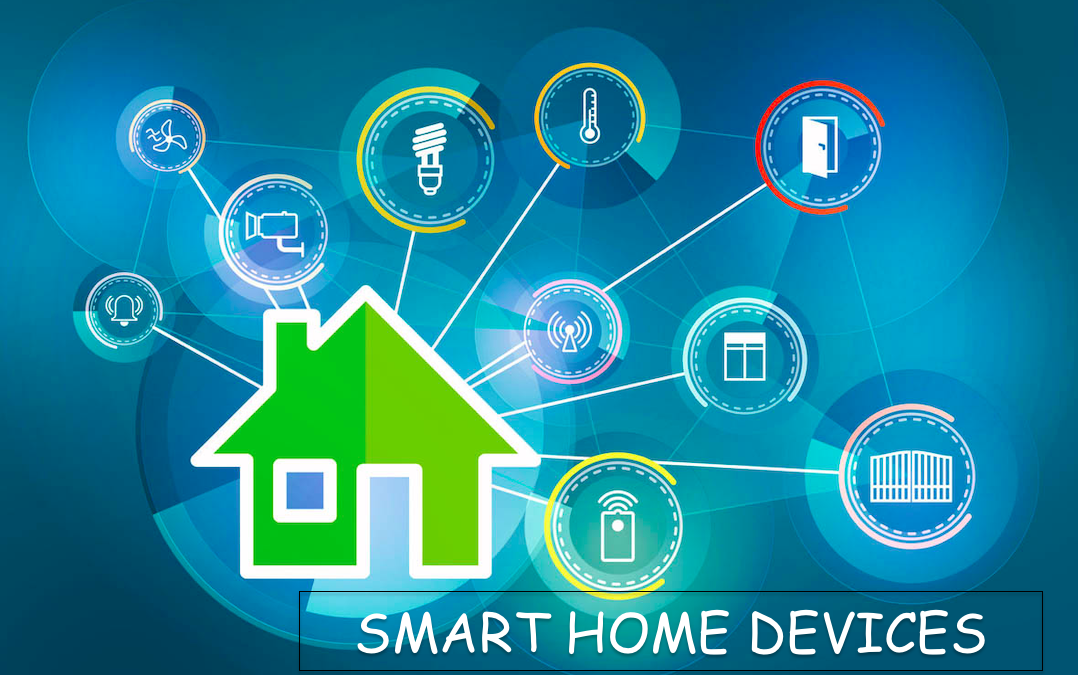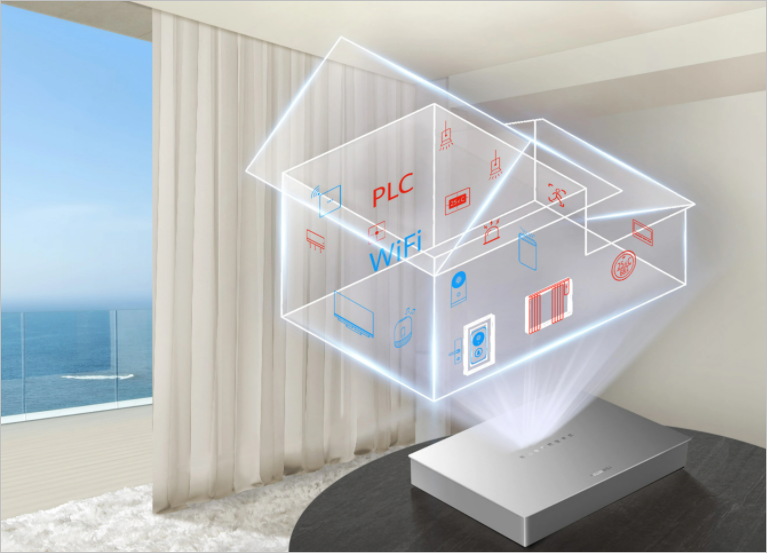As with some other parts of the world, there has been a steep rise in the use of smart home appliances and devices in the fallout of the COVID 19 pandemic that forced a global lockdown in 2020. A recent survey on US households by multinational professional services firm Deloitte has shown that households had an average of 25 smart home devices being deployed during the pandemic. These connected devices provided a raft of services, including entertainment, health and fitness, security, education, and work, among others.
As governments and health authorities battled to stem the rising cases of the novel coronavirus in 2020, many people were forced to work from home for extended periods of 2020, even up till this year. This transformed most homes into an amalgam of several activities, including work and leisure. This led to the seeming explosion in smart and connected devices like laptops, TVs, gaming consoles, headphones, and an array of other gadgets. These smart gadgets helped to spice up the boredom of being locked indoors for several months for many people.
In his comments on the survey, Deloitte’s Vice Chairman Paul Silvergate said that the onset of the pandemic had propelled the tech industry tens of years into the future. It has changed how we interact with the fast-expanding collection of connected devices, ultimately helping consumers, healthcare providers, tech innovators, education professionals, and others to adapt, innovate and thrive in daily activities.
The Deloitte survey revealed that about 58% of the respondents were having a smart wearable device, 14% of which purchased the device during the pandemic. This indicates a rise in the use of fitness features in these smartwatches to gauge daily exercise and other fitness activities.
Although the optics of the survey shows a growing acceptance of smart devices, there is still a fraction of the respondents (more than 30%) who feel overwhelmed by these devices and their subscription regime. This could cause a marginal decline in the use of smart devices, although the decline could be swamped by the growing number of new users of smart gadgets.
RELATED:
- COVID 19 impact on India’s offline phone market could lead to 50,000 job losses
- Xiaomi Band global shipment reaches 13.4 million in H1 2020 despite COVID 19!
- Celebrity seeks to ban 5G in India, while rumors link COVID-19 to 5G towers
(via)







